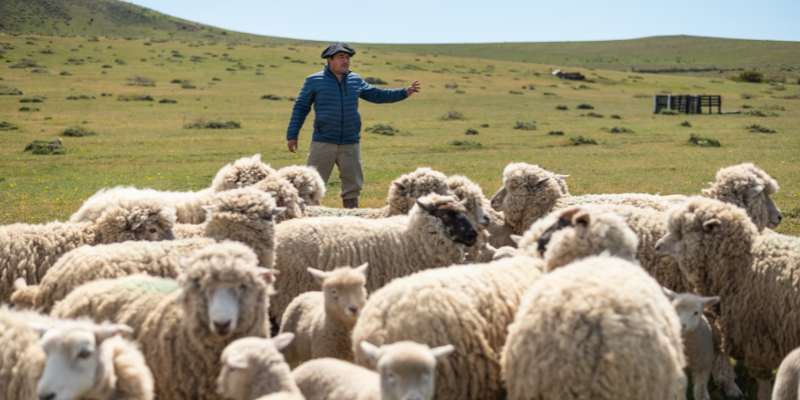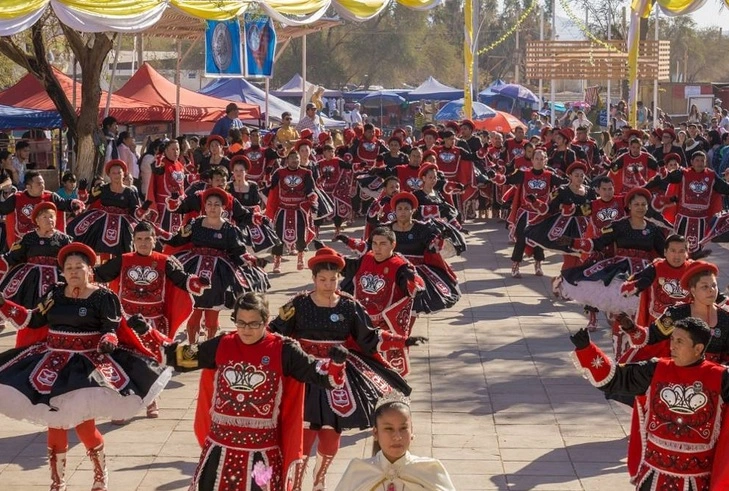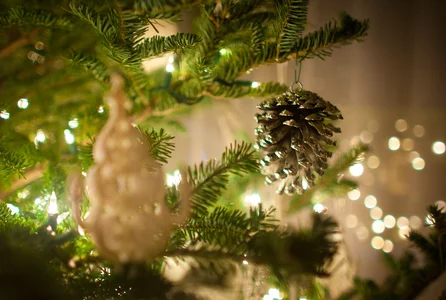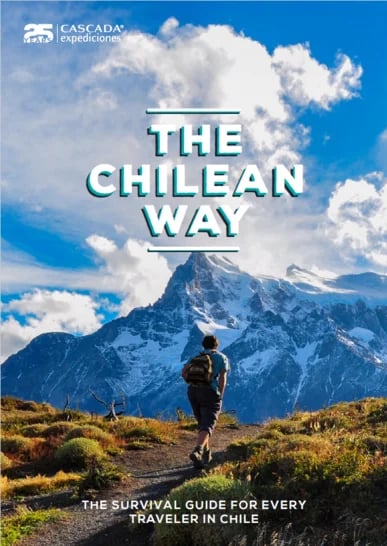Between June 21 and 24, the Southern Hemisphere marks the winter solstice, a turning point with the longest night and shortest day of the year. From here on out, the days grow brighter, a fact that’s not lost on one of Chile’s Indigenous communities, the Mapuche. The winter solstice coincides with the celebration of We Tripantu, where communities up and down the length of Chile welcome the birth of the new sun and the start of a new cycle of nature.
Let’s explore what We Tripantu is all about, how it’s celebrated, and where you can experience this tradition yourself.
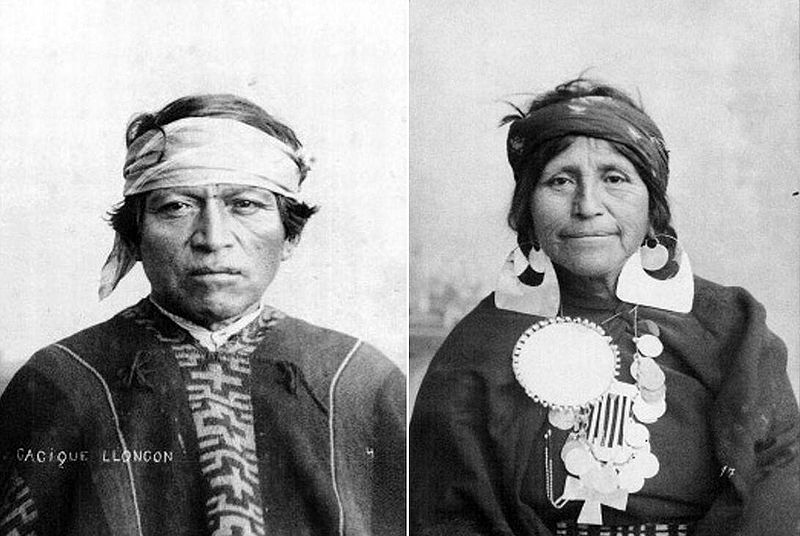
What is We Tripantu, and why is it celebrated?
For Chile’s indigenous Mapuche people, We Tripantu (sometimes spelled Wüñol Tripantu or Wiñol Tripantu) is a kind of New Year celebration. The coming of the shortest day and the longest night symbolizes the beginning of a new natural cycle. Nature begins to change: new buds appear on trees and plants, birds become more active, and animals start to shed or change their coats.
According to the Mapuche vision of the world, the new sun is born in winter and grows throughout spring before reaching its prime at the height of summer and fading away again as fall draws on. That’s what makes the winter solstice so important since it marks the sun’s rebirth.
Celebrations and rituals
During We Tripantu celebrations families and communities gather around a fire or stove that evening to eat, drink, and tell traditional stories. Folk music is played throughout the night on Mapuche instruments like the tructruca (a long bamboo horn), the pifilca (a wooden flute), and cultrún (a ceremonial drum).
One of the traditions during We Tripantu takes place at dawn when participants head to nearby rivers and streams to wash themselves in the freezing water. “It’s a way to leave behind old energy and receive new energy,” explains Pablo Coñuequir, a member of the Mapuche community Camilo Coñuequir Lloftunekul. “We do it at six in the morning when it’s still half-dark.”
Pablo: "Another part of We Tripantu is rogativas, a type of prayer performed in Mapudungun, the native language of the Mapuche people. “We thank Mother Earth for everything good that happened during the past year and we ask for the negative things to be transformed. We don’t worship a god. In Mapuche belief, there is no god, but we honor the energy that lives in the Earth, in the form of natural resources. That’s also why we, as Mapuche, always protect nature and stand against any attempt to interfere with it, because we believe that energy is present in nature itself.”
“We also build a ceremonial site called a rehue, which must be surrounded by significant plants like canelo (Winter’s bark), laurel, and quila (Chilean bamboo),” concludes Pablo.
Traditional food and drinks
Food is an integral part of any celebration, and We Tripantu is no exception. Pablo explains: “Everyone brings something to share, and we all eat together."
Each region adds its flavor to the festivities, depending on the local ingredients that are cultivated. Meats such as lamb, pork, chicken, beef, and even horse are roasted over the fire. It is also customary to share food with nature and the Earth by placing offerings directly on the ground.
Traditional Mapuche dishes are prepared and shared, including:
- Catutos: small rolls made from boiled or fried wheat dough, often dipped in honey
- Sopaipillas: round discs of pumpkin dough deep-fried until golden
- Mote: husked wheat boiled until soft and chewy
- Muday: a slightly alcoholic, cloudy drink made from fermented wheat or corn
“Food also plays an important role in the ceremonies and rituals,” Pablo adds. “It represents the result of our efforts and sacrifices over the past year."
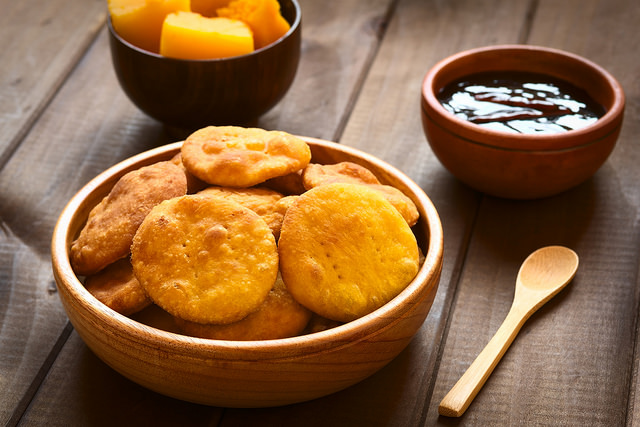
Sopaipillas
Sports, games, and dance
Throughout June 24, adults and children take part in games and dancing. Small children play awar kuden, a betting game using colorful dried beans. Older children and teenagers play palín, a game similar to hockey in which two teams of five to fifteen players use curved sticks to hit a leather ball.
All members of the community join in with traditional Mapuche dances like the choique and the purrún. “The purrún is danced in the same place where ceremonies took place earlier that day,” explains Pablo. “The games and competitions vary from one community to another; they don’t happen everywhere.”
Where to join We Tripantu celebrations
If you’re on a whistle-stop tour of Chile, you might miss out on getting to know some of Chile’s Indigenous communities that can go unseen amongst the shining skyscrapers of the capital city, Santiago.
But We Tripantu is an increasingly mainstream affair, with Chileans and visitors using this celebration as the perfect excuse to learn more about Mapuche culture. The main action tends to take place in the Chilean Lake District and Araucanía Region, which has long been the stronghold of the Mapuche community. However, you can also find activities in Santiago and throughout the country.
If you would like to tailor-make an itinerary to include a We Tripantu celebration, just let us know! Please write to us at reservations@cascada.travel so we can make something special for you.

